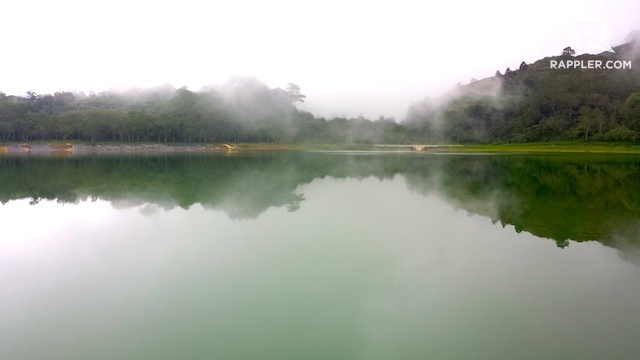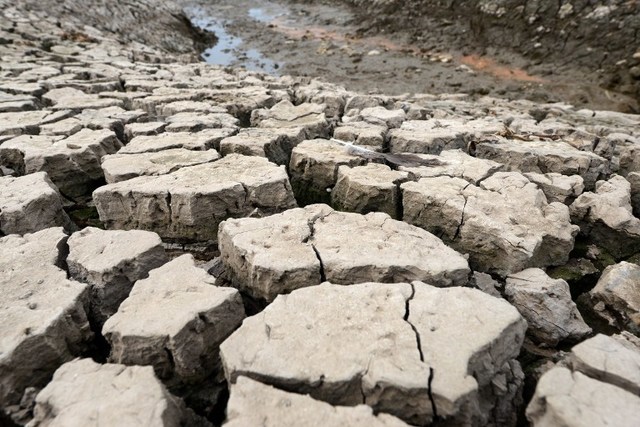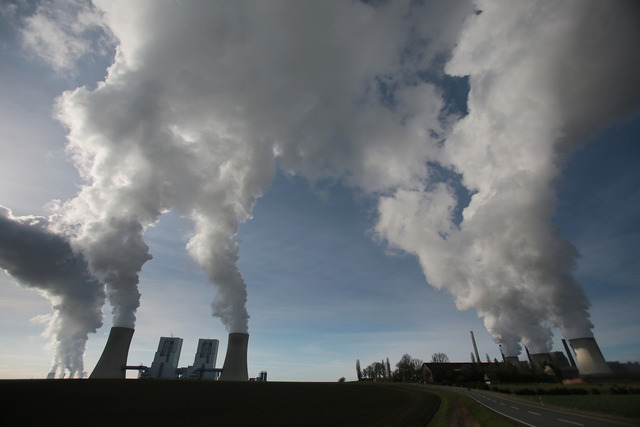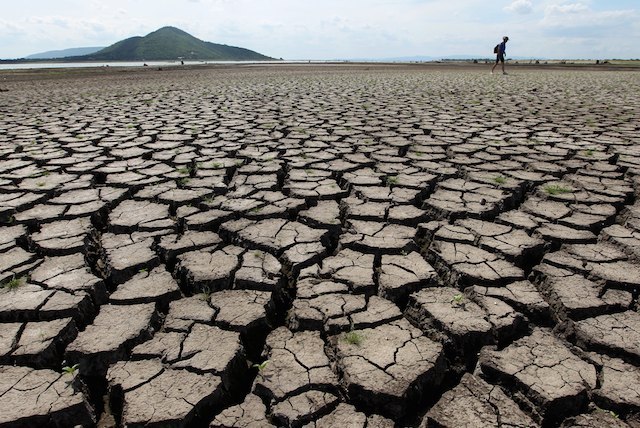
‘The rain catchment has fully restored water and will be utilized during summertime when our spring sources cannot be tapped,’ says the Baguio Water District
BAGUIO CITY, Philippines (Jan. 26, 2016) — Water supply for Baguio City residential and commercial establishments will be sustained despite the threat of El Niño, according to the city’s water distributor.
Continue reading Baguio to have enough water supply despite El Niño



